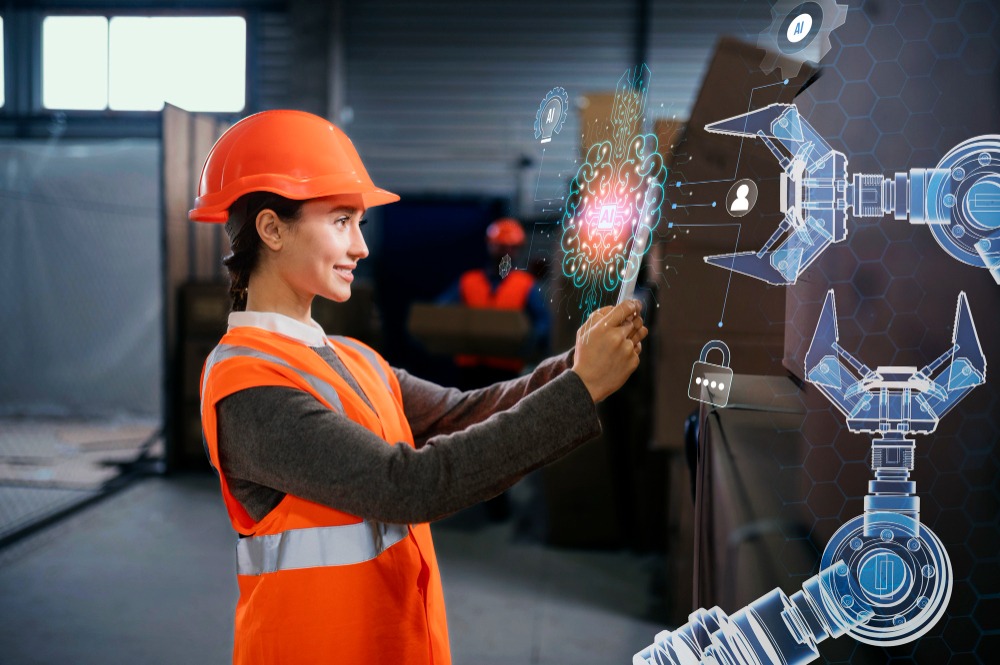The concept of self-driving cars has captured our imaginations for decades. Imagine a world where cars navigate roads autonomously, eliminating traffic accidents and revolutionizing transportation. However, the path to a fully autonomous future is fraught with challenges. This comprehensive guide explores the hurdles self-driving technology faces and their potential impact on the future of urban transportation.
The Allure of Self-Driving Cars: A Vision of Transformation
Self-driving cars hold immense promise for transforming our cities:
- Safety: Autonomous vehicles, in theory, could significantly reduce traffic accidents caused by human error.
- Efficiency: Self-driving cars could optimize traffic flow, reducing congestion and travel times.
- Accessibility: Autonomous vehicles could expand mobility options for the elderly, visually impaired, or individuals with disabilities.
- Economic Benefits: The development and deployment of self-driving technology could create new jobs and economic opportunities.
Navigating the Roadblocks: Challenges of Self-Driving Technology
While the potential benefits are undeniable, significant challenges need to be addressed:
- Sensor Technology Limitations: Self-driving cars rely on a complex network of sensors (lidar, radar, cameras) that can be susceptible to weather conditions, poor visibility, or unexpected obstacles.
- Artificial Intelligence Challenges: The artificial intelligence (AI) systems powering self-driving cars need to be robust enough to handle complex driving scenarios, ethical dilemmas, and unforeseen situations.
- Cybersecurity Vulnerabilities: Self-driving cars are connected systems, making them vulnerable to hacking attempts that could compromise passenger safety and control.
- Legal and Regulatory Issues: Clear legal frameworks and regulations are needed to govern liability in accidents involving self-driving cars and define safety standards for their operation.
- Public Perception and Acceptance: Gaining public trust and overcoming concerns about safety and job displacement are crucial for widespread adoption of self-driving technology.
User Engagement Strategies:
- Real-World Examples: Showcase real-world examples of self-driving car testing and development by leading companies (e.g., Waymo’s self-driving taxi trials, Tesla’s Autopilot features).
- Infographics and Visuals: Incorporate infographics or illustrations to visually represent the sensor technology used in self-driving cars, the decision-making process of the AI systems, or potential traffic flow improvements.
The Players in the Race: A Competitive Landscape
The development of self-driving technology is a competitive race with various players vying for dominance:
- Tech Giants: Tech giants like Google (Waymo), Apple, and Uber are heavily invested in self-driving car research and development.
- Traditional Automakers: Established automakers like General Motors, Ford, and Toyota are partnering with tech companies or developing their own self-driving car technology.
- Startups and Innovation Hubs: Several innovative startups and research institutions are contributing to advancements in self-driving technology and sensor development.
The Road to 2040: Potential Scenarios for Urban Transportation
The future of urban transportation with self-driving cars remains uncertain. Here are some potential trajectories:
- Gradual Integration: Self-driving cars may be gradually integrated into existing transportation systems, coexisting with human-driven vehicles.
- Rise of Ride-Sharing Services: Autonomous ride-sharing services may become the norm, offering on-demand transportation without the need for car ownership.
- Smart Cities Infrastructure: Urban infrastructure may need to be adapted to accommodate self-driving cars, with dedicated lanes, communication networks, and smart traffic management systems.
- The “Last Mile” Challenge: Addressing the “last mile” challenge of connecting self-driving cars with public transportation or personal destinations remains a hurdle.
The Human Element: Collaboration is Key
While self-driving cars have the potential to revolutionize transportation, human involvement will likely still be crucial:
- Urban Planning and Infrastructure Development: Urban planners, engineers, and policymakers will play a vital role in adapting cities for self-driving vehicles, creating smart infrastructure solutions.
- Human oversight and Regulation: Regulatory bodies need to establish clear safety standards and ethical guidelines for the operation of self-driving cars.
- The Future of Jobs: While some jobs may be displaced by self-driving technology, new opportunities will arise in areas like urban planning, infrastructure development, and maintaining the complex technology behind autonomous vehicles.
Shaping the Future of Mobility
The development of self-driving technology presents an opportunity to create a more sustainable, efficient, and inclusive transportation system. Here’s how you can get involved:
- Stay Informed: Educate yourself about the challenges and opportunities of self-driving cars.
- Engage in the Conversation: Share your thoughts and concerns with policymakers and industry leaders.
- Support Responsible Development: Advocate for the development and deployment of self-driving technology that prioritizes safety, ethics, and accessibility.
By taking these steps, you can contribute to shaping the future of urban transportation and ensure that self-driving cars benefit all members of society.
FAQs
- What are the main challenges of self-driving technology?
- Sensor limitations: Cameras, LiDAR (Light Detection and Ranging), and radar can struggle in adverse weather conditions like fog, heavy rain, or snow.
- Handling unexpected situations: Self-driving cars might not be able to react perfectly to unpredictable events on the road, like sudden swerving or objects falling from vehicles.
- Cybersecurity threats: Malicious actors hacking into AV systems could pose safety risks.
- Legal and regulatory hurdles: Clear legal frameworks regarding liability in case of accidents involving self-driving cars are crucial.
- How will self-driving cars impact urban transportation?
- Potential for increased traffic efficiency: AVs communicating with each other could optimize traffic flow, reducing congestion and travel times.
- Improved safety: Human error is a major cause of accidents. Self-driving cars with accurate perception and reaction times could potentially lead to safer roads.
- Accessibility for all: Self-driving cars could provide mobility options for those who cannot drive themselves, increasing independence and inclusivity.
- Impact on jobs: Truck drivers, taxi drivers, and other transportation professionals might face job displacement as AVs become more prevalent.
- What are the ethical considerations of self-driving cars?
- Moral dilemmas: How should an AV be programmed to react in unavoidable accident scenarios? Ethical frameworks for decision-making in critical situations are crucial.
- Data privacy concerns: AVs collect vast amounts of data about their surroundings. Ensuring data privacy and responsible data management is essential.
- Accessibility and equity: Ensuring equitable access to self-driving technology and addressing potential affordability gaps is important for inclusive urban transportation.
- How soon will self-driving cars become a mainstream reality?
The timeline for widespread adoption of self-driving cars is uncertain. Technological advancements, regulatory approvals, and public acceptance will all play a role. Limited deployments in controlled environments might occur in the near future, with broader adoption potentially unfolding over a decade or more.
- Will self-driving cars eliminate the need for human drivers altogether?
Fully autonomous vehicles with no human involvement might not be the immediate future. Gradual levels of automation, with varying degrees of human oversight, are more likely in the initial stages.
- How will traditional car ownership be affected by self-driving cars?
Car ownership might become less common in urban areas. Self-driving car subscription services or ride-hailing options could become more prevalent, promoting a shift towards mobility as a service (MaaS) models.
- What infrastructure changes might be needed for self-driving cars?
Upgrading existing road infrastructure, including better lane markings and communication networks between vehicles and their surroundings (V2X technology), might be necessary to facilitate smooth operation of self-driving cars.
- How will self-driving cars interact with other vehicles and pedestrians?
Clear communication protocols between self-driving cars, traditional vehicles, bicycles, and pedestrians are essential for ensuring safety on the roads.
- What are the potential environmental benefits of self-driving cars?
AVs with optimized driving patterns and reduced congestion could potentially lead to lower fuel consumption and emissions.
Conclusion
The arrival of self-driving cars may not be imminent, but the potential transformation of urban transportation is undeniable. While significant challenges remain, ongoing advancements in sensor technology, AI, and collaborative efforts can pave the way for a future where self-driving cars coexist safely and efficiently with other modes of transportation.





















